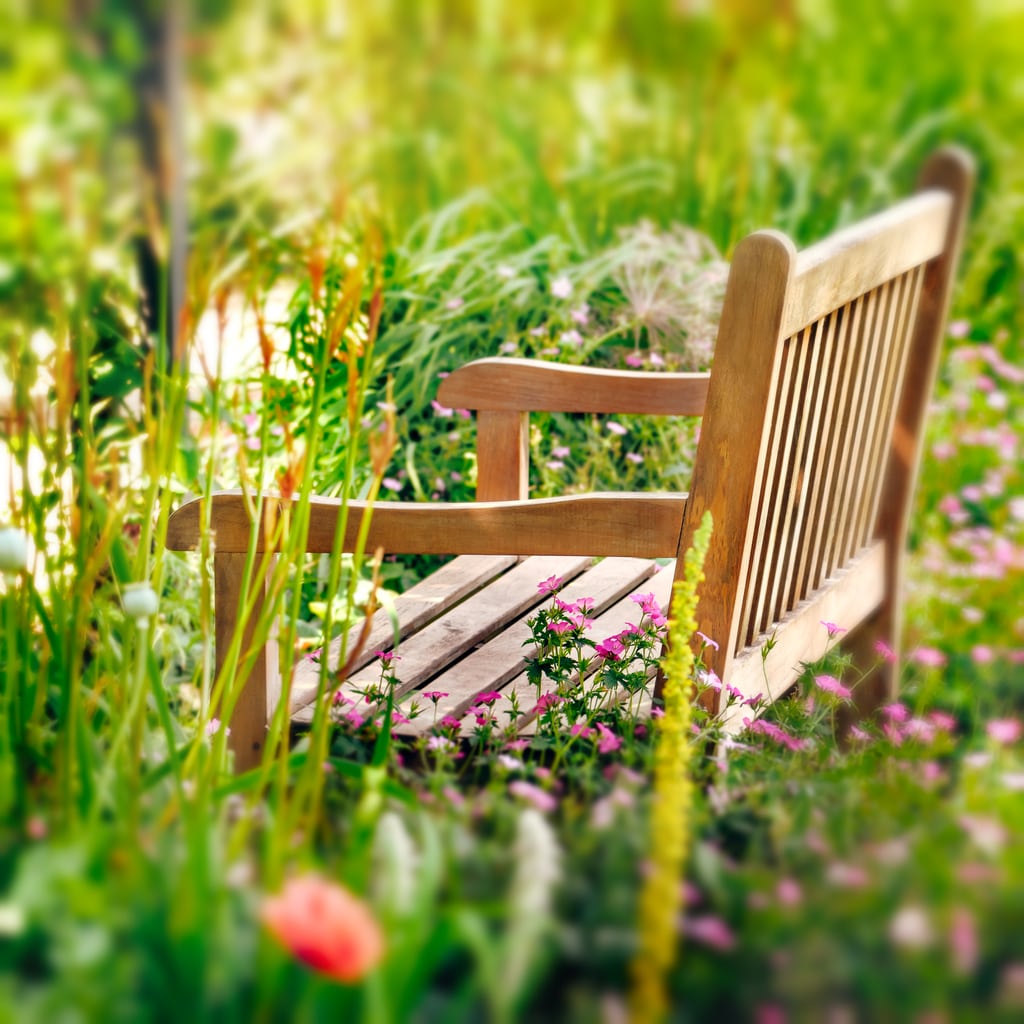How To Plant A Backyard Habitat – Replacing Lawn With Smarter Plants


While a well-maintained and well-manicured lawn can add beauty and curb appeal to your home, many homeowners have made the choice to revamp their landscapes in favor of more natural options. The rising popularity in backyard native plants has led many gardeners to start getting rid of their lawns and focus on building a backyard habitat for wildlife.
Getting Rid of Lawn for Wildlife Habitats
Whether a disdain for mowing the grass or the wish to welcome more pollinators into the landscape, the practice of replacing home lawns with wildflowers and other native plants is not a new concept. Restoring habitat at home is an exciting process, as the possible combinations of flowering shrubs, trees, grasses, and bushes is nearly limitless. The first step to creating a new backyard habitat is to remove portions of lawn. Before doing so, carefully consider how much lawn to leave intact. Removal of lawns and the creation of natural habitat is especially beneficial in areas prone to periods of drought. There are various ways to accomplish this task depending upon your gardening style. Options to remove grass include the use of a rototiller, chemical herbicide, or other material used to smother the grass. Once the grass has been removed, work the soil and add a generous layer of compost. Next, select plants to add to the growing space.
Backyard Native Plants
When planning a landscape using backyard native plants, it is important to think creatively. Plants of varying types, sizes, and shapes will not only diversify the habitat but will also have added visual interest. Combinations of grasses, trees, bushes, and flowers will attract native wildlife as well as allow for the enjoyment of homeowners. The selection of native plants to add to the landscape will require some research to ensure success. First and foremost, make certain that selected perennials are hardy to the correct growing zone. Additionally, consider other growing requirements such as sunlight and water needs. Making plantings with similar requirements together will not only make annual maintenance easier but will also help to create better balanced backyard ecosystem. In addition to growing requirements of the plants, gardeners also need to consider regulations where they live. Structures, like garages and underground utilities, should always be avoided when making a new planting area. It is best to call in a professional to help locate potential underground issues. Furthermore, many homeowners’ associations may have strict guidelines regarding habitat-based yard plantings. Before any plantings are made, it is important to refer to local lists of toxic and noxious weeds. Following these regulations will help to avoid planting and propagation of potentially invasive species of plants. Note: Any recommendations pertaining to the use of chemicals are for informational purposes only. Chemical control should only be used as a last resort, as organic approaches are safer and more environmentally friendly.
Gardening tips, videos, info and more delivered right to your inbox!
Sign up for the Gardening Know How newsletter today and receive a free copy of our e-book "How to Grow Delicious Tomatoes".

Tonya Barnett has been gardening for 13 years. Flowers are her passion. She has transformed her backyard into a cut flower garden, which she regularly chronicles on her YouTube channel http://www.youtube.com/@tonyawiththeflowers.